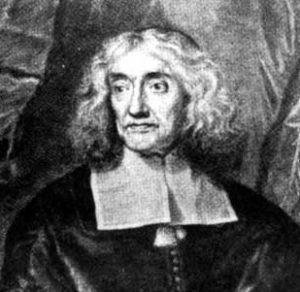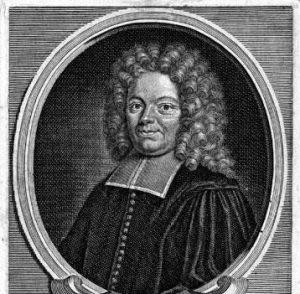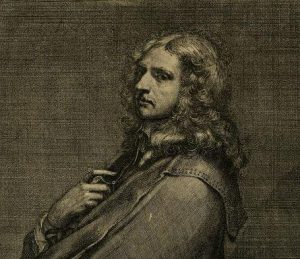A promising start in Paris
Tallemant des Réaux was born in La Rochelle in 1619, into a family of protestant bankers. He came to Pariswhen he was still quite young and took up with Valentin Conrart, another protestant, who was a most cultured man and secretary to Louis XIV ; at the centre of a group of literary men whowere later toform the basis of the future Académie Française.
But Tallemant was also a member of the sophisticated, dazzling circle in the hôtel de Rambouillet near the Louvre ; here the marquise of Rambouillet, née Catherine de Vivonne, gathered together in her salon the most brilliant literary figures of the time : Malherbe, Racan, Corneille, Rotrou, Conrart.
This is where he found the inspiration for his “Historiettes“, as he would later call them. In this work, which was modified several times up until 1659, Tallemant wrote stories of a somewhat bawdy nature, adding cruel but apt observations on the morals and behaviour of Parisian ladies in the reign of Louis XIII and the beginning of the reign of Louis XIV. But they were not very popular due to their scurrilous nature. They were published in near secrecy. They did not seem to belong to any literary genre and they were considered more as a source of information about a milieu rather than as a work of literature. However, in 1834, they were published by Monmerqué, who insisted on their true value – Gédéon Tallemant des Réaux was compared to Mme De Sévigné for the quality of his narration and to Saint Simon for the detailed picture he gave of the society of his time.
The end of his life was not a happy one
Gédéon was in an unusual position socially, he was rich but also a Huguenot, cultured and intelligent but not, however, pedantic. Although he belonged to nearly every milieu in society, in fact he never gave his allegiance to anyone and his last days were spent in loneliness.
Family disasters were also a cause of distress ; his wife abjured the protestant faith in 1660, and although his daughter remained deeply loyal to her religious beliefs, she was later banished from the country in consequence. As for himself, he converted to Catholicism in 1684.







